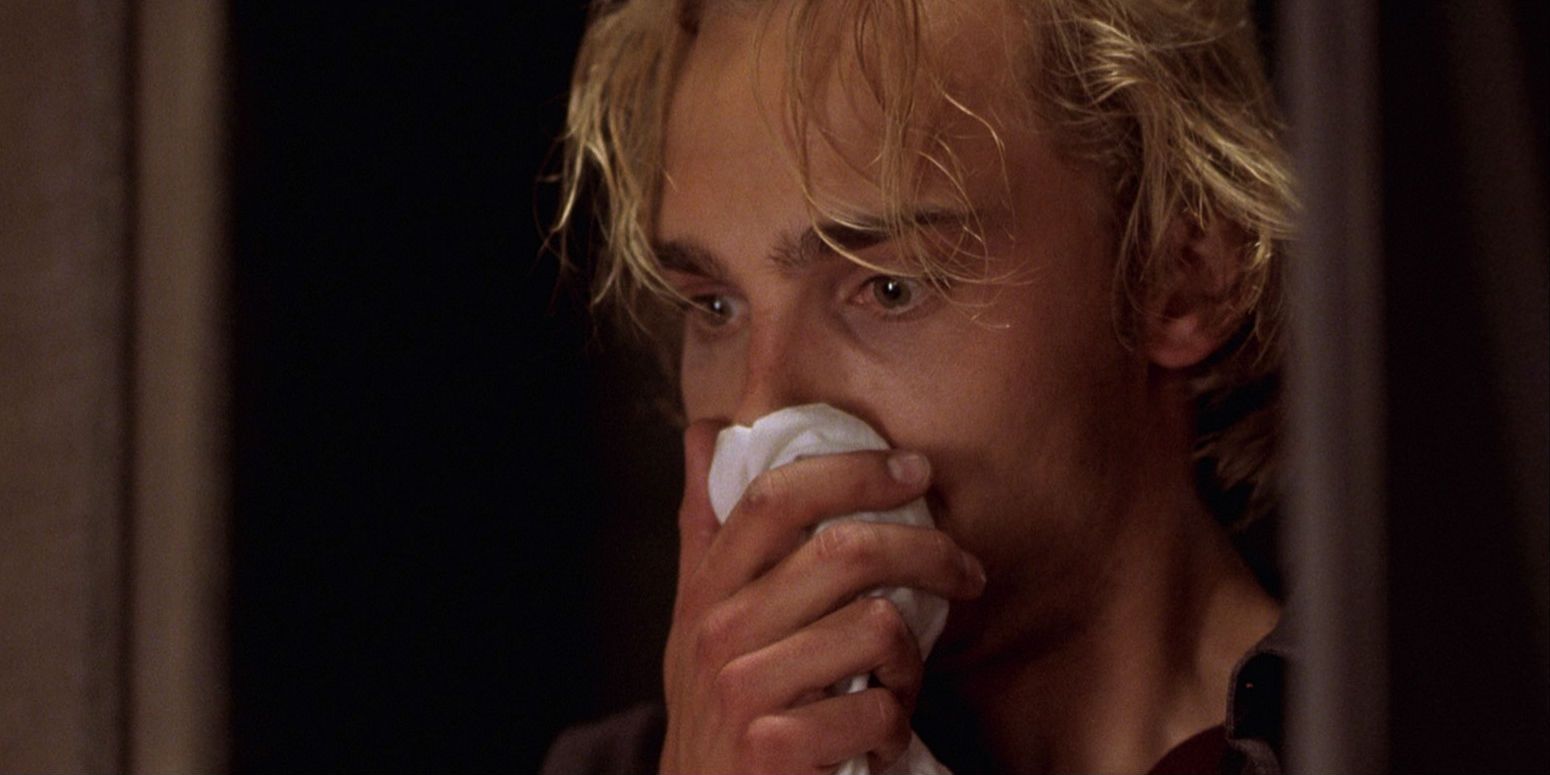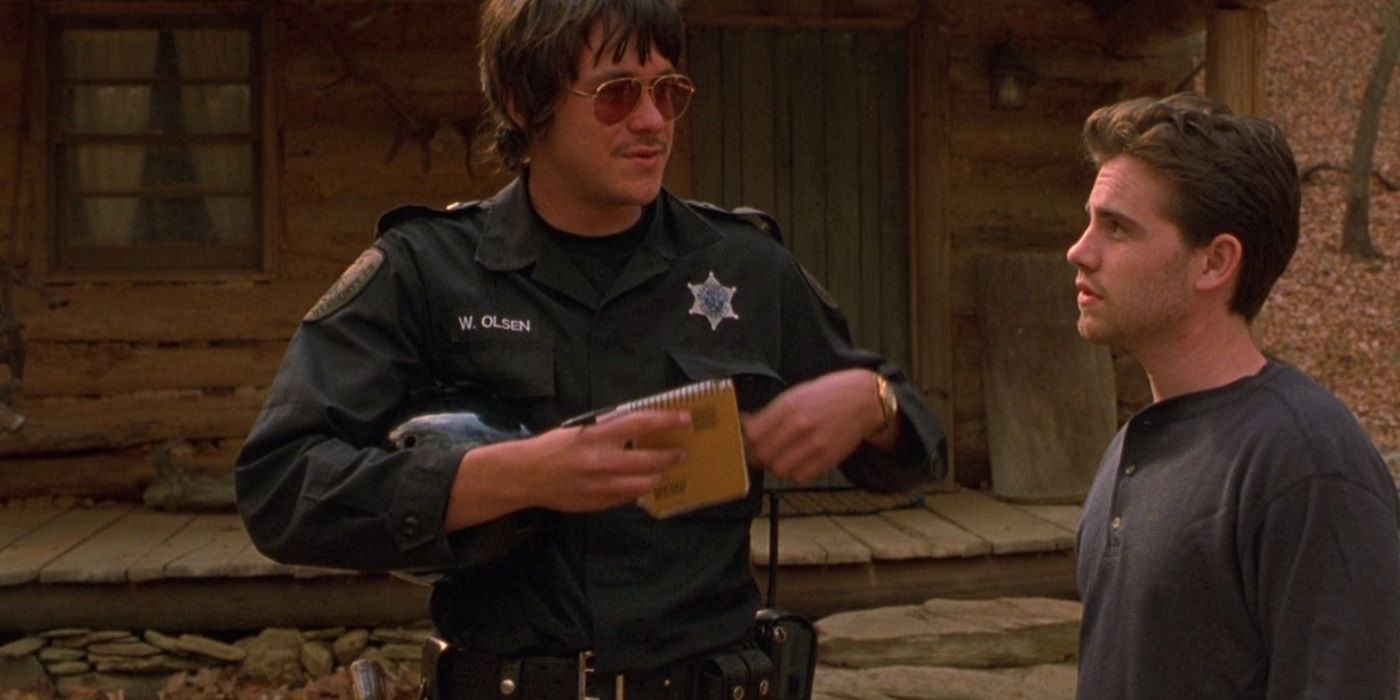
Eli Roth's film debut Cabin Fever features an absolutely horrifying flesh-eating virus, which is unfortunately based on a real medical condition. In the 2000s, Eli Roth burst onto the horror scene as a director, and quickly established himself as a filmmaker to watch. While his directing career arguably hasn't turned out as well as many hoped - he seems much more content to produce nowadays - Roth still made his mark on the horror genre, and remains active within it.
Earning mostly positive reviews from critics, Cabin Fever was a true indie success story, building up enough buzz to earn a wide theatrical release from Lionsgate in the summer of 2003. Made for only $1.5 million, Cabin Fever hauled in $30 million worldwide, a profit margin big enough to gain instant notice. Roth's next film, 2006's Hostel, was similarly successful, and helped usher in the poorly named "torture porn" sub-genre of horror that dominated the second half of the decade.
Cabin Fever would receive a direct to video sequel and prequel, and ultimately be remade in 2016, using Eli Roth's original script and with him onboard as an executive producer. Wisdom of doing that aside, the original Cabin Fever remains a favorite of many, and its titular affliction is actually based on a real life infection.

Cabin Fever's highly contagious and extremely fatal flesh-eating virus is based on a real-life medical condition called necrotizing fasciitis, which is often referred to simply as flesh-eating bacteria. That's an important distinction, as while the ailment in Cabin Fever is a virus, necrotizing fasciitis is a bacterial infection, too entirely different things. That said, flesh-eating bacteria is still an extremely serious condition to develop, and can definitely kill those suffering from it fairly quickly if it isn't treated. The infection can spread to anywhere there's skin, including the face and eyes, and generally comes with flu-like symptoms. Most times, necrotizing fasciitis isn't noticed until it starts to get bad, making getting immediate medical treatment at that point an absolute necessity.
That said, flesh-eating bacteria is thankfully not a common problem, and the likelihood of most people ever contracting it is small. The bacteria that causes necrotizing fasciitis bears the lovely name of Group A Streptococcus. The infection most often occurs when the bacteria gets inside an open wound on the body, but it's not particularly contagious, assuming one takes proper safety precautions around someone with it or another serious bacterial infection. This makes the chances of a rapidly-spreading plague like the one found in Cabin Fever very small.
from ScreenRant - Feed https://ift.tt/3apdEGv





No comments: